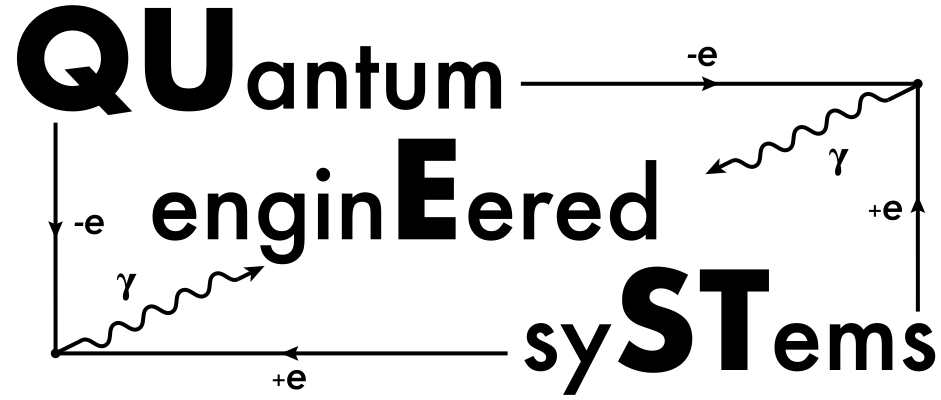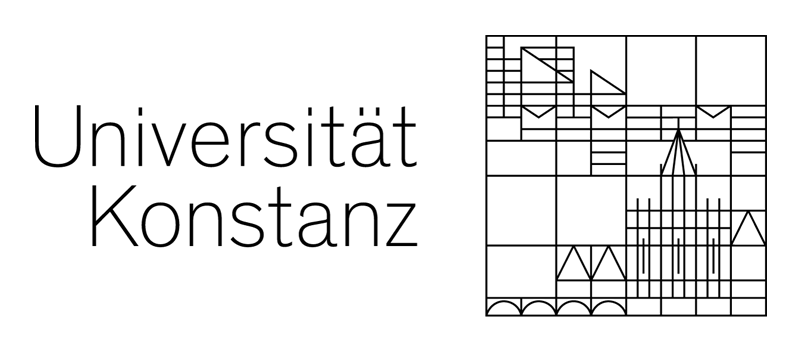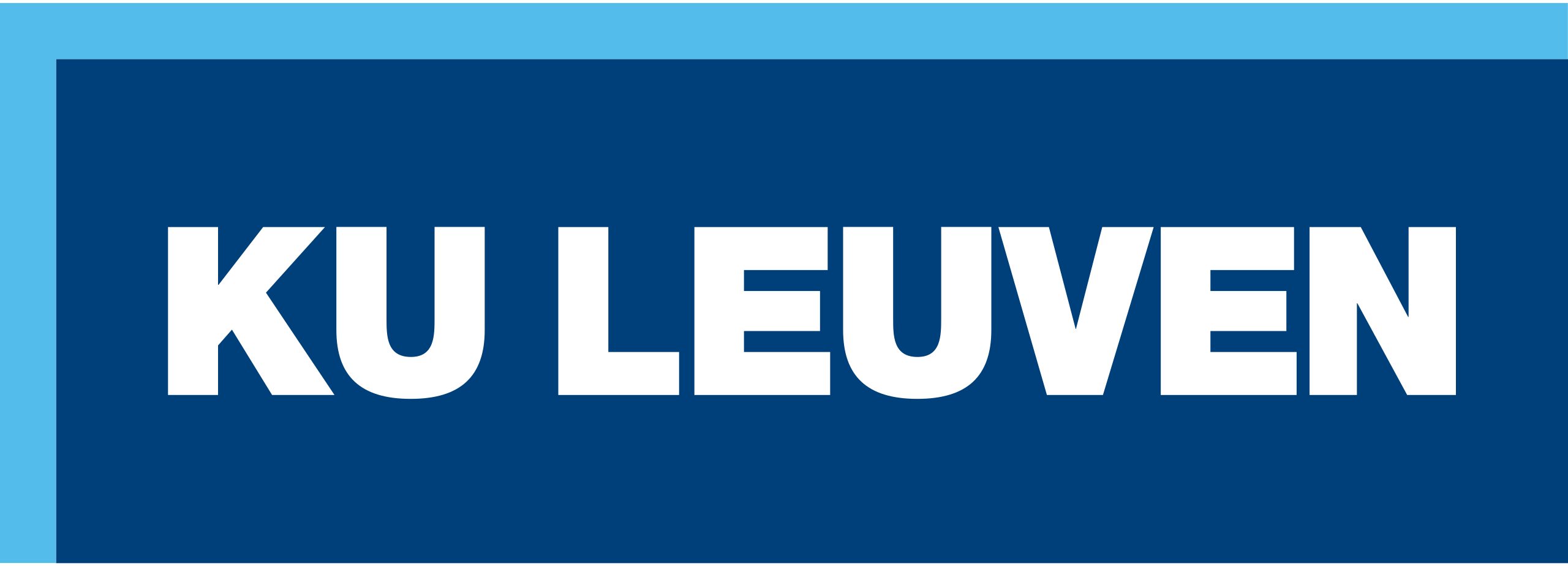I am a PhD student at the University of Konstanz in the group of Oded Zilberberg. Doing research in non-equilibrium physics from non-linear (quantum) resonators to many-body systems. On the side, I enjoy coding, triathlon and hiking.
My research focuses primarily on driven-dissipative few-body physics. Specifically, I apply Floquet perturbative expansions to interacting bosonic systems to extract non-equilibrium stationary states (NESS). The fluctuations of these NESS can then be analyzed using linear response theory. Additionally, I explore the optimal transition paths between two NESS in driven-dissipative systems under Markovian noise.

Oct 2022 - Present
Konstanz, Germany
The Quest research group (Quantum Engineered Systems) focuses on the theoretical study of electronic and photonic quantum engineered systems, with emphasis on topology, out-of-equilibrium dynamics, and controllability. The group explores quantum transport, quantum engineering, and parametric systems, maintaining strong synergy with experimental collaborations.
Oct 2022 - Present
 2022-2026 PhD in Theoretical Condensed MatterSupervisor:Prof. Oded Zilberberg Grant:SNF Sinergia Grant #206008: Integrated Phase Logic Networks Collaborative project between ETH Zurich, CSEM, and University of Konstanz Project Summary:Development of novel computational hardware using parametric
oscillators (parametrons) as building blocks for parallel phase logic networks.
The research combines optomechanics, nonlinear optics, and quantum engineering
to create integrated logic architectures for optimization problems and neural
network applications beyond traditional transistor-based computing. | ||
 2017-2022 Master in Theoretical PhysicsPublications:Extracurricular Activities:
Thesis:Path Integral Monte Carlo Worms Algorithm for Superfluid Ring Lattices:
Building Quantum Devices in Optical Landscapes Supervisor:Prof. P. Van Dorpe, N. Verellen, D. Kouznetsov |


Multi-frequency Floquet expansions for nonlinear systems.
A new framework for describing periodically driven quantum systems that counts drive photons, providing better performance than standard Floquet approaches and extending beyond the rotating wave approximation to correct multiphoton resonance positions.
This study explores the control of coupled Kerr parametric oscillators (KPOs) networks under external force, demonstrating how the force influences the system’s configuration, akin to a magnetic field biasing a spin ensemble. The findings provide a method to create Ising machines with arbitrary bias, extending to cases unachievable in real spin systems.
We study how a driven low-frequency mode couples with an undriven high-frequency mode in a membrane system, creating phononic frequency combs through limit cycles. Using a pump-noisy-probe technique, we show that blue-detuned sidebands attract to the high mode and merge at Hopf bifurcations, revealing the microscopic origin of frequency comb formation with applications in sensing and phononic metamaterials.
We study networks of coupled Kerr parametric oscillators (KPOs) and map their stability regions using secular perturbation theory. Starting with two coupled KPOs, we show how bifurcations arise from competition between parametric drive and linear coupling. We extend this to larger all-to-all coupled networks, finding that bifurcation transitions become uniformly spaced in the thermodynamic limit. Our results define the precise bounds where KPO networks behave like Ising models, providing guidance for experimental implementation.
We demonstrate how three strongly coupled Kerr parametric oscillators (KPOs) can simulate Ising Hamiltonians and estimate ground states using Boltzmann sampling. The work addresses challenges in KPO networks where complex phase diagrams can produce unsuitable states for analog optimization, providing a pathway for classical analog computation with relevance to quantum coherent state systems.